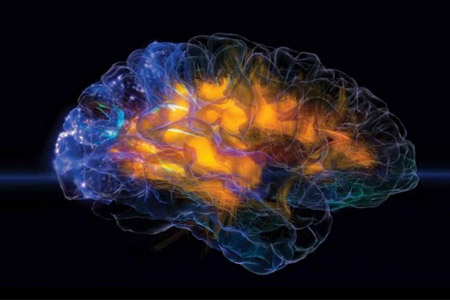Aim of our research unit is to continue the study of Dopa Decarboxylase and to start the functional characterization of another PLP-enzyme, cystalysin, which belongs to the same structural fold of DDC (type I) but, unlike DDC, catalyzes a reaction at C, instead of at Cα.
- Dopa Decarboxylase
The main goal of our Unit is the understanding of the catalytic mechanism of the various reactions catalyzed by DDC and the unraveling of the roles played by the amino acid residues which participate to these processes. In particular, we want:
- to mutate the PLP-binding lys residue (K303), that in several PLP-enzymes is involved in deprotonation-reprotonation reactions at C4’ or at C of the catalytic intermediates. Since DDC is able to catalyze various reactions, this mutation could help in discriminating the role of K303 in the different catalytic processes;
- to delete the protease-sensitive loop substituting it with a stretch of glycine residues in order to keep the length of the loop unvaried while losing the amino acidic specific sequence;
- to mutate the loop residues Y332 and K334, that, basing on the 3D structure of DDC complexed with a substrate analog, should locate, upon binding of the substrate, in proximity of the active site. Several experimental results suggest that this loop is important in the conformational rearrangement following substrate binding to DDC (this conformational change is a common feature among PLP-enzymes).
- Cystalysin
Our aim is to investigate the chemical and catalytic mechanism of the reaction, the comprehension of the role of the residues involved in binding and/or catalysis and the planning and experimentation of selective and efficient inhibitors. In order to acquire information on the structural and functional elements essential for binding and/or catalysis we will: - study the reaction mechanism of cystalysin in the presence of other sulfur substrates besides cysteine, to determine substrate and reaction specificity;
- identify catalytic intermediates by means of conventional and rapid kinetic studies;
- determine the kinetic parameters of the reaction with cysteine as a function of pH. This could us allow to achieve information on the pK values of residues possibly involved in substrate binding and/or catalysis. Furthermore, given the importance of this enzyme in periodontal diseases, once established the structural elements, we will rationally plan and test potentially specific inhibitors.







